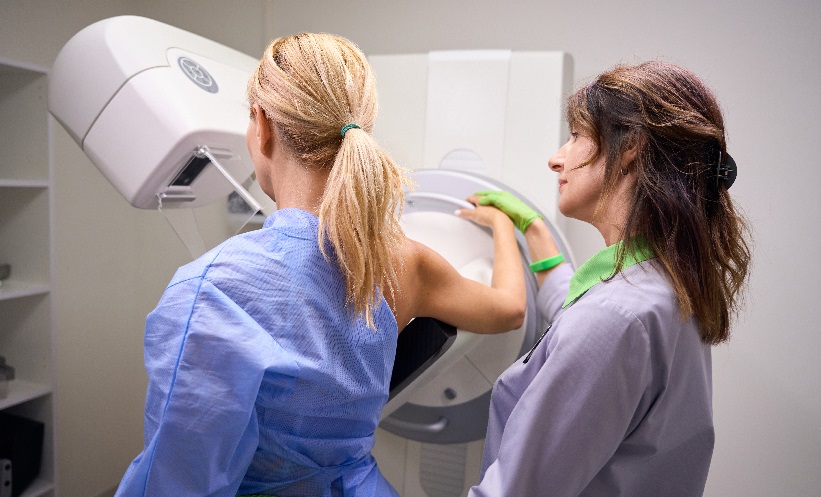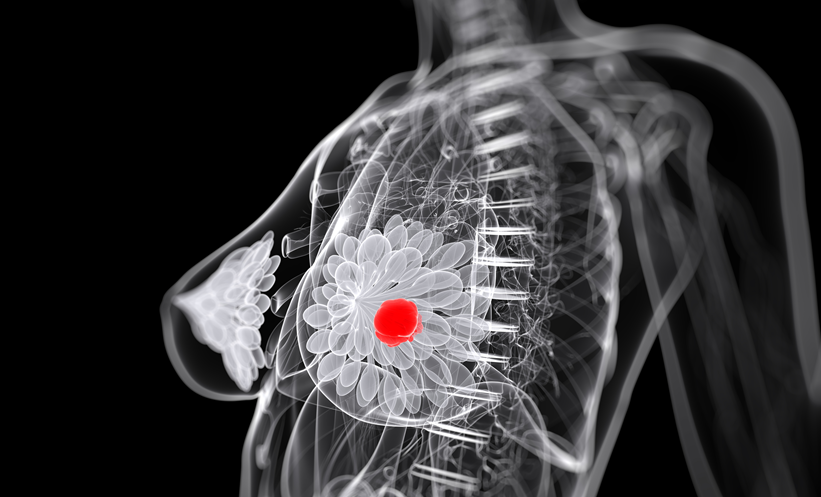ADDING molecular breast imaging (MBI) to digital breast tomosynthesis (DBT) significantly increased invasive cancer detection rates in women with dense breasts, according to a recent large multicentre trial.
MBI Enhances Breast Cancer Detection Performance
MBI, a functional imaging technique using technetium-99m sestamibi, offers improved sensitivity in dense breast tissue, where traditional mammography may miss cancers. In the prospective trial across five U.S. sites (2017–2022), researchers evaluated the efficacy of combining MBI with DBT in women with dense breasts undergoing annual screenings. The study included 2,978 participants with a mean age of 56.8 years and an average lifetime breast cancer risk of 12%. The primary aim was to assess MBI’s incremental cancer detection rate (CDR) and its impact on identifying invasive cancers.
Trial Shows MBI Doubles Invasive Cancer Detection
Results from the two-year screening trial revealed a marked increase in cancer detection when MBI was added to DBT. In the first year, the CDR rose from 5.0 per 1,000 with DBT alone to 11.8 per 1,000 with the addition of MBI, an incremental CDR of 6.7 per 1,000 (p<0.001). The number of invasive cancers detected also more than doubled from 3.0 to 7.7 per 1,000. Year two findings were consistent: the combined modality improved overall CDR from 5.8 to 9.3 per 1,000 and invasive CDR from 1.5 to 3.9 per 1,000. Notably, 29 cancers were identified exclusively by MBI, of which 72% were invasive and 90% were node-negative, with a median tumour size of just 0.9 cm, highlighting the method’s sensitivity in early detection.
MBI Increases Recall Rates but May Offer Net Benefit
While supplemental MBI improved cancer detection, it also modestly increased recall rates. In the first year, the recall rate rose from 8.6% to 17.9%, and from 8.9% to 13.8% in the second year. Despite this increase, the clinical benefit, particularly in detecting small, invasive, and node-negative cancers, may outweigh the trade-off in screening specificity. Importantly, interval cancer rates remained low, suggesting that MBI helps reduce missed diagnoses between screening intervals.
MBI significantly boosts cancer detection in dense breasts when added to DBT, especially for early-stage invasive tumours. Further research may refine patient selection and optimise the balance between detection benefits and recall burden.
Reference
Hruska CB et al. Molecular Breast Imaging and Digital Breast Tomosynthesis for Dense Breast Screening: The Density MATTERS Trial. Radiology. 2025;316(3):e243953.








